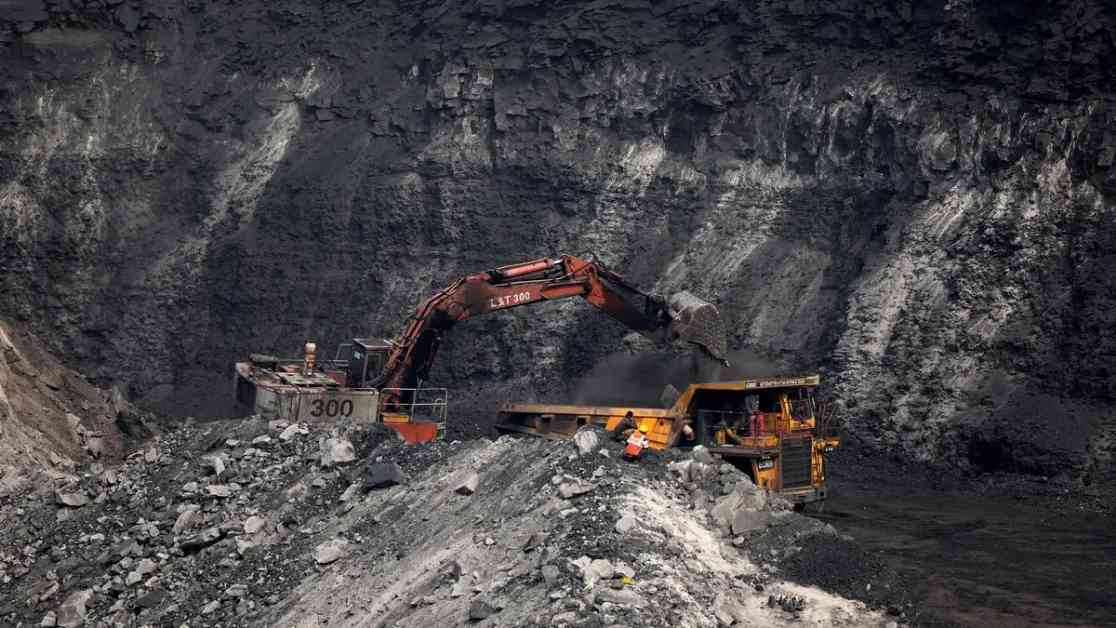The power sector in India saw a surge in thermal coal imports in April 2025, reaching an 11-month high as preparations were made for the scorching summer ahead. With peak electricity demand expected to reach a whopping 270 gigawatts this month, it was no surprise that the need for foreign thermal coal increased by 6.6 per cent month-on-month to 15.40 million tonnes. Despite this jump in imports, there was a slight decrease of around 2.8 per cent compared to the previous year. The government also urged imported coal-based power plants to operate at full capacity until June 30, adding to the heightened import requirements.
According to Alexis Ellender, Senior Lead Dry Bulks Insight at Kpler, “We are currently in the peak season for Indian thermal coal consumption, fueled by the hot weather and strong performance of the country’s steel producers.” This surge in coal imports led to the highest level seen since May 2024, reaching 22.19 million tonnes in April. Despite the increase, there was still a slight dip of 0.44 million tonnes on an annual basis. The rise in domestic coal production by 4 per cent year-on-year in April, coupled with a slight annual decrease in coal-fired generation, contributed to this decline.
Looking ahead, Ellender forecasted that thermal coal imports for May would remain steady at 15-16 million tonnes. However, it was anticipated to fall short of the 17.70 million tonnes recorded in May 2024. This was attributed to higher domestic production levels and near-record coal stockpiles in the country. The availability of coal was further emphasized by the Indian Energy Exchange (IEX) in its April 2025 commentary, highlighting the government’s efforts to enhance sell liquidity on power exchanges amidst rising power demand.
Despite the surge in power demand, the average market clearing price in the Day Ahead Market in April held steady at ₹5.20 per unit, similar to the previous year. This was attributed to the increased supply of coal in the market, ensuring competitive pricing for consumers. Looking further into the future, Ellender mentioned a potentially more severe monsoon season with above-average rainfall, leading to lower temperatures and increased hydropower output. This shift could reduce the demand for coal-fired generation and impact import requirements in the coming months.
In conclusion, the power sector in India is gearing up to meet the escalating electricity demand as summer approaches. With thermal coal imports at an 11-month high and domestic production on the rise, the industry is poised to navigate through the challenges ahead. The government’s measures to enhance coal availability and promote sell liquidity on power exchanges are crucial steps in ensuring a stable and competitive market for consumers. As the country braces for a potentially challenging monsoon season, the dynamics of the energy sector are set to evolve, shaping the future of power generation in India.























